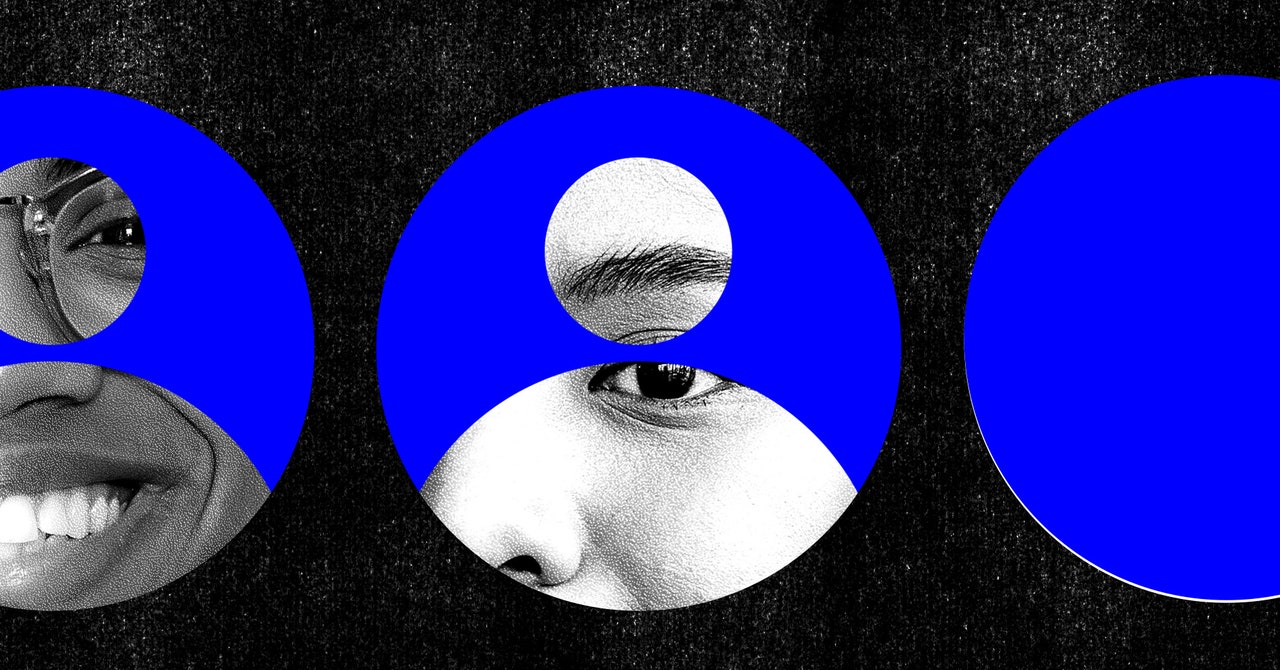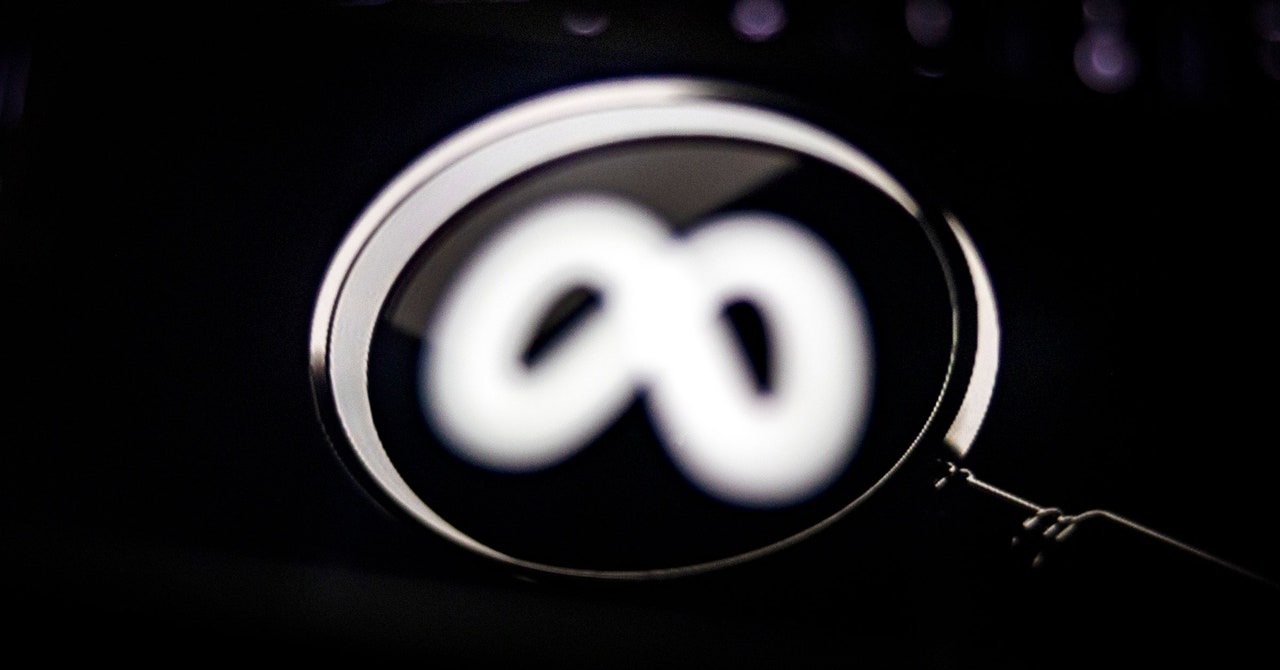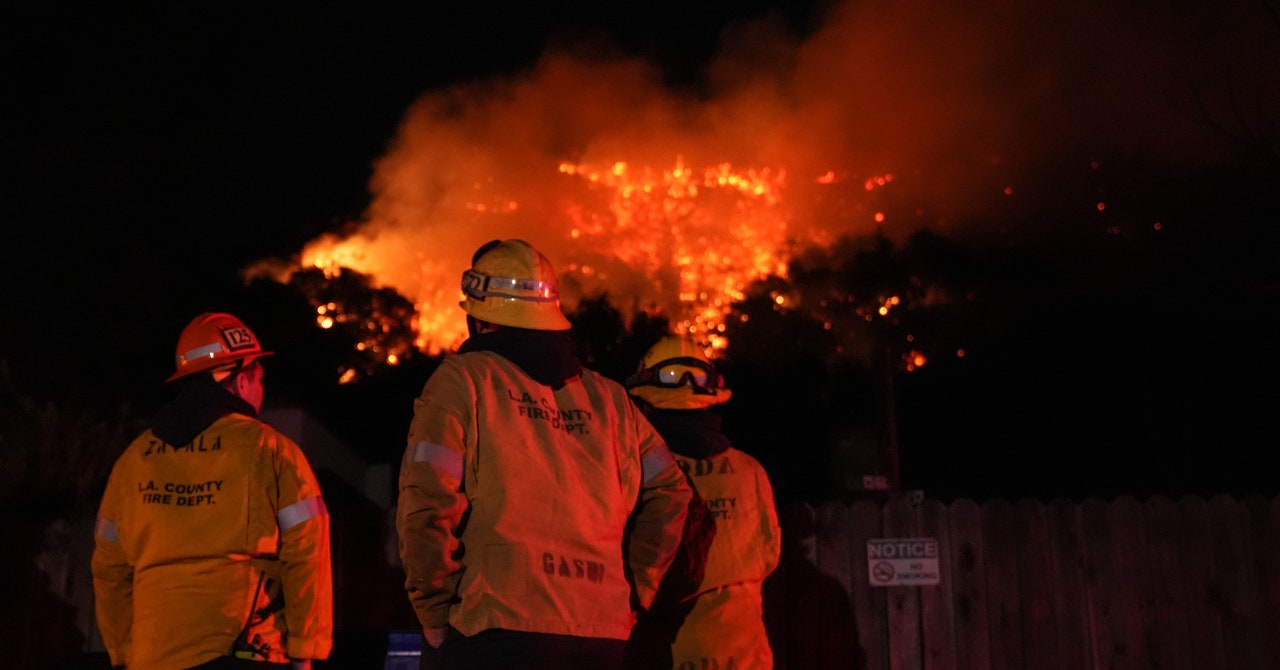Montreal-based Acrylic Robotics is utilizing a robot’s arm to paint fine art on canvas using AI software that emulates the actual painter’s brush strokes.
The startup showcased its technology with demos at AWS re:Invent, Amazon’s cloud service conference held in Las Vegas, where an AI robot dutifully worked on a painting, or “Auragraph,” live. Holding a brush, it would carefully dip into the different pools of acrylic paint below and then position the brush to apply a stroke at just the right spot.
In a sense, it felt a little like watching an automated assembly, only in a very obvious artistic context. Acrylic Robotics is trying to meld the worlds of artificial intelligence, engineering, robotics and art into a practical form of production. The idea is not to just produce replicas of an artist’s pieces, but to also bring digital creations to canvas without resorting to simple prints. At the same time, the company’s ethical approach is to ensure artists get paid for what they create.
Putting it together

Walker Singleton (left), head of engineering at Acrylic and Chloë Ryan (right), the CEO and founder
Chloë Ryan is an artist who studied robotics engineering at McGill University, going on as the founder and CEO of Acrylic Robotics starting in 2021. Her vision was to offer a different outlet for artists that bypasses the “scarcity-driven gallery system” and makes art more accessible to both artists and consumers. As she sees it, the “archaic” art market only truly serves the top 1%, where fine art pieces can be out of reach for the average person who wants art but lacks the funds to purchase it.
Some stats exemplify the uphill climb involved. The entire fine art industry is estimated to be worth $70 billion USD, though a large portion of that is taken up by sought-after pieces bought and sold by the wealthiest investors or collectors. Statcan estimates the Canadian art market was estimated to be worth $1.5 billion as late as 2020 when including sales from auctions, galleries and private sales. Those numbers underpin the fact more than half of Canadians have never bought a piece of art before.
Acrylic’s goal is, in effect, a two-pronged one because it aims to increase access to art for everyone, while enabling artists themselves to not only increase exposure but also sell multiples of the same piece without actually painting it each time.
That’s where the robot comes in. It uses AWS’s machine learning service called Sagemaker to connect the startup’s own AI algorithms into a user-friendly platform artists can use. Thus, artists have two ways to make this work.
For digital artists, Acrylic’s tech can track each stroke applied to an art piece created on a tablet or other device with an illustration app. The robot can then replicate the exact process, including scaling up to a larger canvas size. For artists painting on canvas, the AI determines the best way to create a painted replica with proper strokes, mixing colours and doing it layer by layer. Interestingly, this also includes AI-generated pieces.
Artists need to consent, as Ryan says Acrylic doesn’t train on their data without their knowledge. With everything in place, artists can expect “credit and fair compensation” for their creations.
The finer details

The “Acrylic” in the company’s name has a literal connotation. Its technology currently only works with acrylic paint because of its texture and the robot’s ability to consistently dabble in it. Watercolour paint is water soluble and best done on specific paper types. Oil-based paint requires more preparation because of the chemicals involved.
“We pick acrylic over oil because it’s a lot less toxic,” says Ryan in an interview with MobileSyrup. “We don’t need to have our staff wearing masks in the office and use turpentine to remove oil from the brushes, so it’s hard to work with and not very good for you.”
She adds most buyers don’t know the difference anyway, but if she and her team want to get into “really expensive art replication,” they will eventually need to find a way to work with oil.
The robot also can’t replicate all art styles. Finger painting is out because there’s nothing on the unit that can match a human finger. Abstract expressionist pieces of the likes of Jackson Pollock and Jean-Paul Riopelle are a no-go because there’s no chance of the robot splattering paint on a canvas. This is partly why Acrylic Robotics curates pieces compatible with the robot’s capabilities.
Matching the artist’s input is a challenge, though some variations already apply, as in how the robot can perform a thicker stroke in one layer and thinner one with less pressure on another. Replicating a historic painter like Rembrandt would be hard because of the accuracy involved.
“The limitation is less about the robot’s hardware, and more that it’s just really, really hard to get the exact, perfect amount of paint on the brush in a calculated, reliable way for the perfect dry brush stroke,” she says. “We have certain styles that work better for the robot right now and we just continue to increase the robotic capabilities every day.”
A helping (robot) hand

The company doesn’t design or manufacture the robot, so the mechanics of the arm aren’t easy to alter. Newer robots could conceivably change how this process works down the line, though Ryan wouldn’t speculate on what that might look like.
To maintain consistency, Acrylic will have to “freeze” the process with which the robot actually paints to ensure multiple copies of the same piece look the same. Assuming these types of robots improve in speed and accuracy in the coming years, paintings done on the current system would have to remain that way. It’s one instance Ryan says the company is trying to plan for in case production needs grow.
Speed will be a factor going forward, though she adds there may be a need to maintain consistency at the expense of efficiency. The number of brushstrokes and a painting’s complexity largely determine how long it takes to finish.
“You’re looking at a few hours to up to 12 if it’s a really complex work, but it continuously gets faster,” she says. “Our first collection that we launched about a year ago took us two weeks of round-the-clock operation to make every painting. We’d have to babysit the robot, where me and some of our other team members would sleep in the office and wake up every three hours to put more paint in the pots because it would run out.”
The system now runs autonomously with automated paint refills, along with custom systems to avoid running out of paint throughout the process.
Making a business case

Ryan says there’s a waitlist of 500 artists around the world to use the service, much of which grew through word of mouth in arts communities. Acrylic will slowly onboard artists as capacity allows — a mostly manual process that requires working with each artist in a sort of white glove treatment.
Once approved, artists can use the self-service platform to produce work that Acrylic can sell to interested buyers. Artists can also sell their work themselves since Acrylic only produces a painting based on an actual purchase. That could include corporate and commercial opportunities as well, like a hotel looking to harmonize artwork at multiple locations, for example.
To date, Acrylic sold a digital piece created by Claire Silver, an AI artist from Montreal, for $100,000 USD (about $141,600 CAD) in November 2024. Silver, who stays anonymous, has had her work displayed in galleries and museums across the globe, including Sotheby’s in London and Christie’s in New York.
“My goal from a company mission standpoint is to allow all artists to contribute,” she says. “I don’t want to just continue to propagate the same sort of snooty gallery system of, ‘who and where have you exhibited?’ Most artists can’t afford to buy a robot outright and I want all all of them to be able to use this technology.”
MobileSyrup may earn a commission from purchases made via our links, which helps fund the journalism we provide free on our website. These links do not influence our editorial content. Support us here.









Leave a Comment